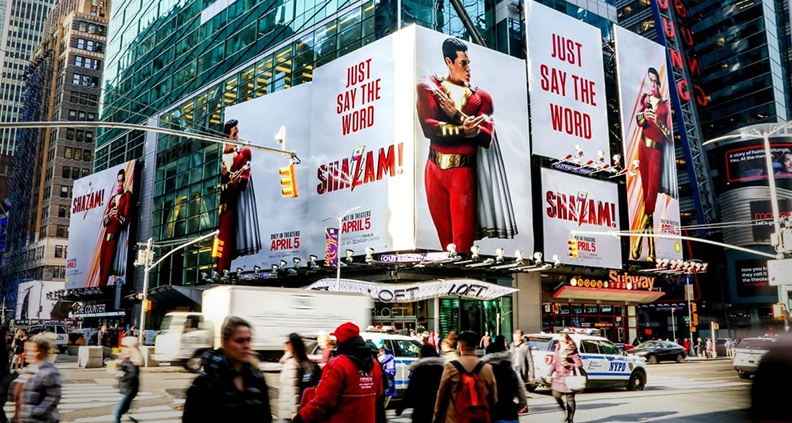As the news of Distribber‘s bankruptcy spreads, Noam Kroll has a great summary: What All Indie Filmmakers Can Learn From Distribber’s Failure.

What is an aggregator? In simplistic terms, film distributors might get your film into theatres whereas aggregators might put your film online. Aggregators have relationships with all major online outlets and know what they want: both for content and for deliverables.
Noam mentions a couple of aggregators to check out:
Stephen Follows has done some excellent analysis of Distribber’s movies. Its most successful client seems to have been Survivor:
My take: if I had a feature to distribute, I’d probably go with FilmHub because I don’t have the kind of cash other aggregators demand up front.




